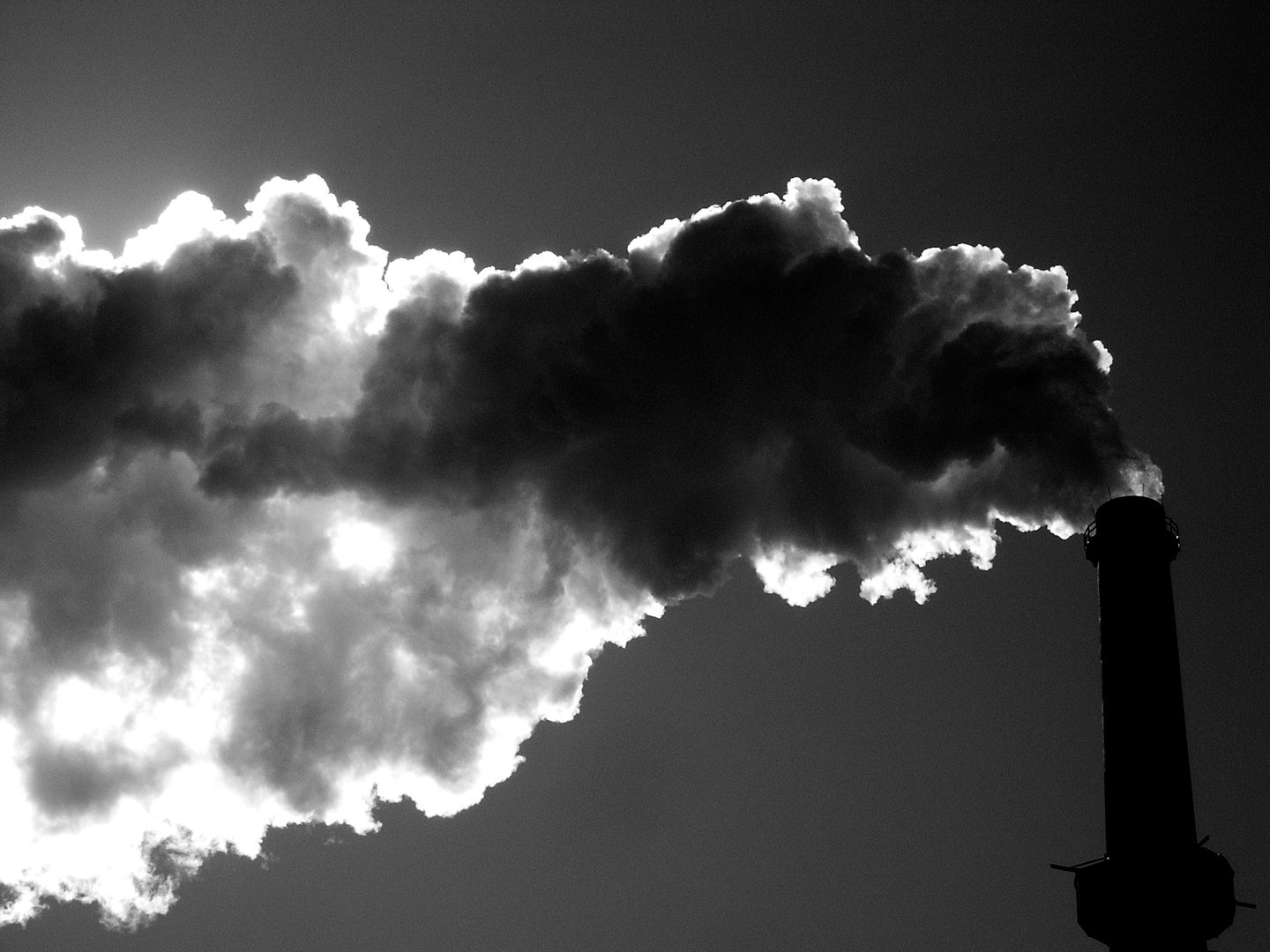New XPrize Challenges Innovators To Make Carbon Waste Useful
"Once you capture it, what do you do with it?"

It’s a modern philosophical problem: Once a dog catches a car, what does it do with it?
Or, rephrased, once a power plant successfully recaptures its carbon emissions, where does the carbon go?
Reducing carbon dioxide emissions from power plants is one of the central goals of new climate change regulations announced by President Obama this year. Carbon dioxide is a potent greenhouse gas, and power plants that burn fossil fuels like coal and gas for energy are the largest source of CO2 emissions in the country.
Many scientists are working on ways to capture the carbon produced by these plants using all kinds of methods, including freezing it or pulling it out of thin air with graphene nanofibers.
And capturing carbon is great, but XPrize chairman Peter Diamandis thinks we can take that one step further, and put the captured carbon to work. Today, Diamandis announced a new XPrize, focused on the carbon-power plant conundrum.
Paul Bunje, the XPrize Program Director for Energy and the Environment tells Popular Science that instead of being a carbon capture contest, the $20 million XPrize is a “carbon utilization contest.” Bunje says that the prize challenges inventors to answer the question “Once you capture it, what do you do with it?”
Instead of making excess carbon an albatross weighing down the energy industry, this XPrize aims to turn carbon into a valuable commodity, while still keeping carbon pollution out of the atmosphere. They want to incentivize inventors to build devices capable of incorporating carbon into anything from building materials to manufacturing chemicals, to alternative fuels, or something entirely new. For the next nine months, teams from all over the country can register to compete on either the coal track or the natural gas track, they will be invited to submit detailed technical papers outlining their solution. 15 semifinalists in each track will be selected to build tabletop models of their demonstration. Then, 5 finalists from each the coal and gas track will be selected to build full-scale iterations of their invention, helped along by $500,000, awarded for making it to the finals.
The final products will be built and tested at brand-new testing facilities located next to a coal and gas plant respectively. Bunje says that details of the test centers, funded by XPrize partners, will be announced soon. “There are very few places in the world where you can test this carbon capture and innovation technology,” Bunje says. “[The test centers] are going to be a legacy moving forward.”
The two winning teams (one from the coal track and one from the gas track) will each receive $10 million. The contest is expected to take a total of 4 and a half years to announce a winner.
This XPrize is the latest in a long series of innovation prizes from the XPrize organization. Since the first XPrize for sending a privately funded manned spacecraft to the edge of space was awarded in 2004, several more XPrizes have been announced and awarded. The Google Lunar XPrize will go to the group that can land a private lander on the moon. The Qualcomm Tricorder XPrize challenged people to build a working handheld diagnostic tool.